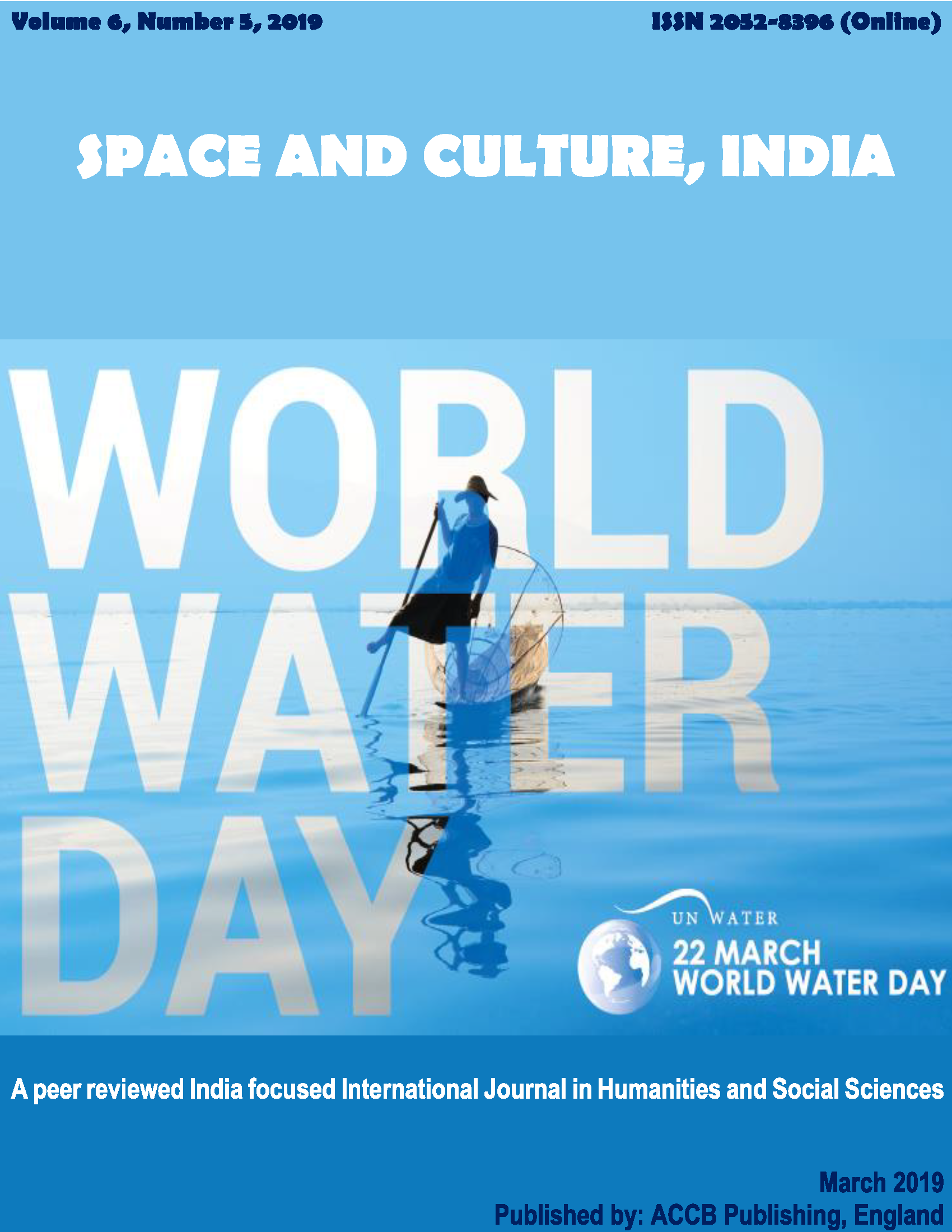Cities Have Water History And We Need To Understand That

Abstract
The water crisis is not a new issue, but new is the quantum of crisis. Cities are the centres of civilisation and so are the largest consumers of water. Water had always played a significant role in deciding the location as well as in sustenance of cities. Before the technological innovation of the central pipe water network, people developed different indigenous means to ensure access to water. Those are collectively called ‘traditional community-managed water system’. However, along with the technological advancement and consequent ease of water supply, these traditional systems were forgotten. This article, without getting into ‘romanticising the past’, claims that each city has a water history and explains why we need to understand that. Those systems can never be an alternative but can supplement the modern centralised system to a certain degree.
Keywords
Cities, Water Crisis, Traditional Community-Managed Water System, India
References
Brown, R., Keath, N. and Wong, T. (2008). ‘Transitioning to Water Sensitive Cities: Historical, Current and Future Transition States’, paper presented in 11th International Conference on Urban Drainage, 2008, Edinburgh, Scotland, UK. Retrieved from https://web.sbe.hw.ac.uk/staffprofiles/bdgsa/11th_International_Conference_on_Urban_Drainage_CD/ICUD08/pdfs/618.pdf
Dossal, Mariam. (1988). ‘Henry Conybeare and the Politics of Centralised Water Supply in Mid-nineteenth Century Bombay’, The Indian Economic and Social History Review, Vol. 25 (1), 1988, pp. 79–96.
Fitzhugh, T.W. and Richter, B.D. (2004). ‘Quenching Urban Thirst: Growing Cities and their Impacts on Freshwater Ecosystems’, BioScience, Vol. 54 (8), 2004, pp. 741–54.
Iyengar, Vatsala. (2007). Waternama: A Collection of Traditional Practices for Water Conservation and Management in Karnataka, Communication for Development and Learning, Bangalore
Kummu, M., de Moel, H., Ward, P. J., & Varis, O. (2011). How close do we live to water? A global analysis of population distance to freshwater bodies. PloS one, 6(6), e20578, doi: 10.1371/journal.pone.0020578
Mishra, Anupam (1993). Aaj Bhi Khare Hain Talaab (Ponds Are Still Relevant), Gandhi Shanti Pratishthan, New Delhi
Reig, Paul, Andrew Maddocks and Francis Gassert (2013) ‘World’s 36 Most Water-Stressed Countries’ World Resource Institute, December 12, 2013, retrieved 05 March 2019 from, https://www.wri.org/print/41244
Sebastian, Sunny (2003, 3 November). Charles lauds the 'water warriors'. The Hindu, retrieved 08 March 2019 from, https://www.thehindu.com/2003/11/03/stories/2003110304091200.htm
Schott, Dieter. ‘Urban Environmental History: What lessons are there to be learnt?’ Boreal Environment Research, Vol. 9, 2004, pp. 519–28.
Sharan, Ardhendu. (2014). In the City, Out of Place: Nuisance, Pollution, and Dwelling in Delhi, c. 1850-2000, Oxford University Press, New Delhi
Shrestha, Hari Krishna. (2014). ‘Small-scale Community Water Supply System as an Alternative to Privatized Water Supply: An Experience from Kathmandu’, in Vishal Narain, Chandra Gurung Goodrich, Jayati Chourey and Anjal Prakash, eds, Globalization of Water Governance in South Asia, Routledge, New Delhi, pp.137–58.
Shukla, Anuradha Alarming (2019). ‘21 Indian Cities Will Run out of Water By 2030’, Business World, March 8 2019, accessed from http://www.businessworld.in/article/Alarming-21-Indian-Cities-Will-Run-Out-Of-Water-By-2030/19-06-2017-120383/.